Tregarth Tunnel
Tregarth Tunnel
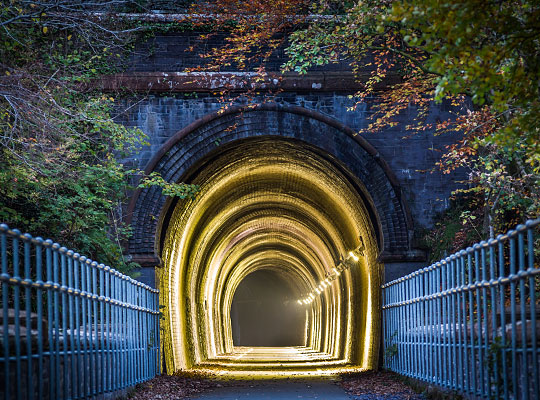
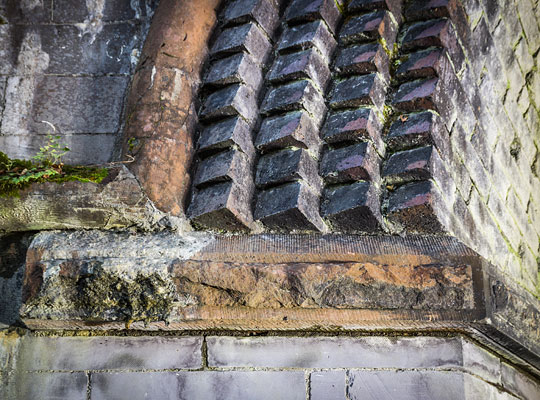
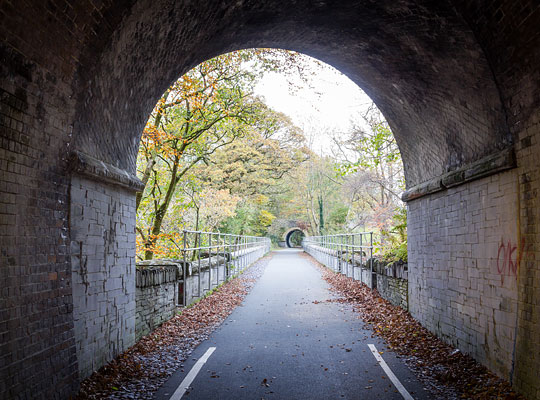
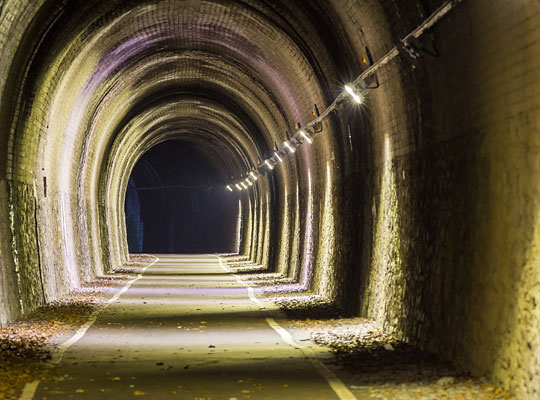
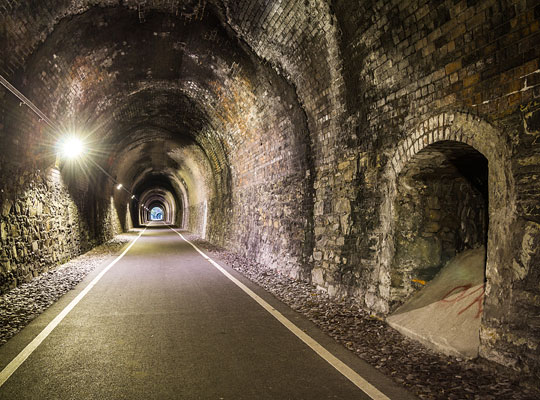
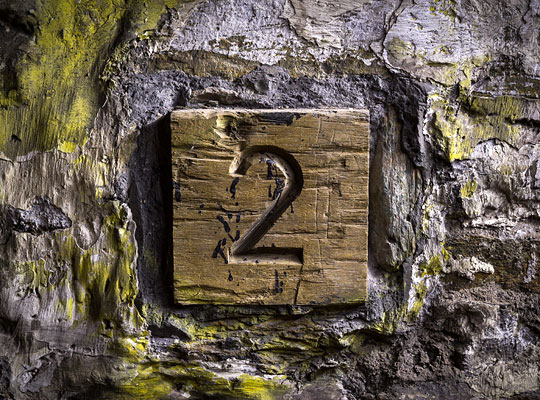
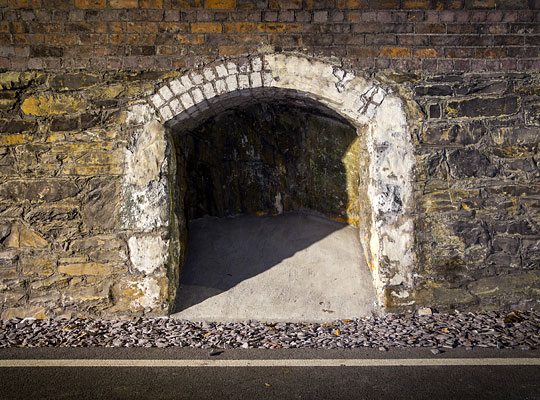
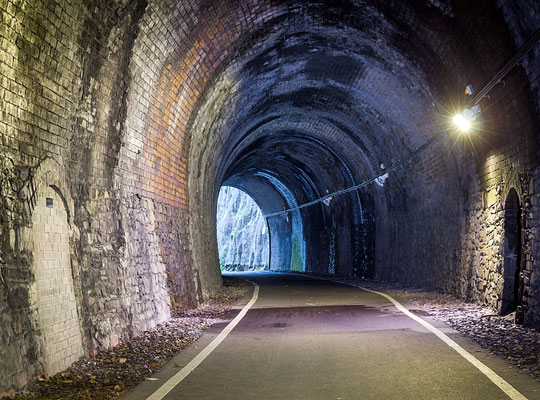
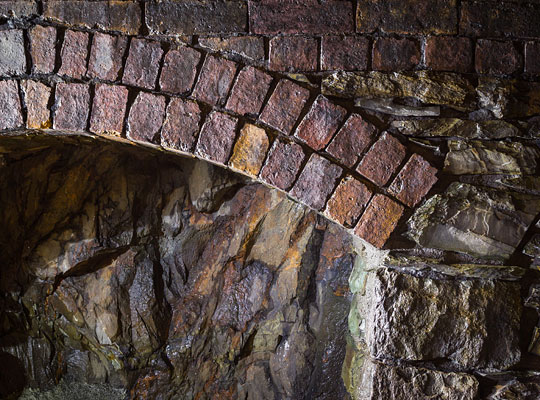
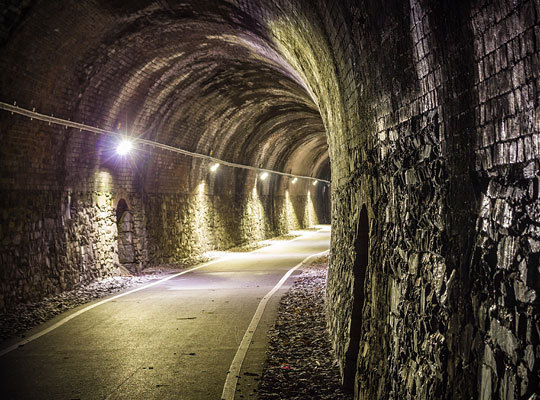
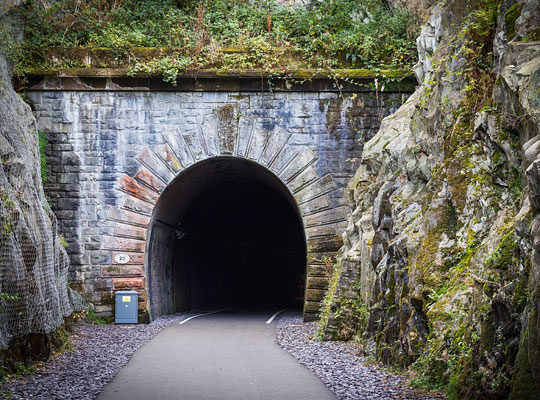
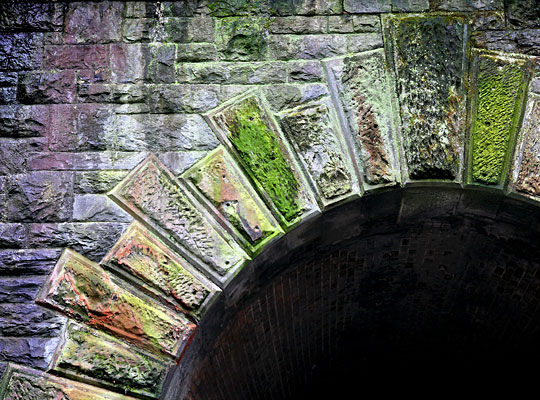
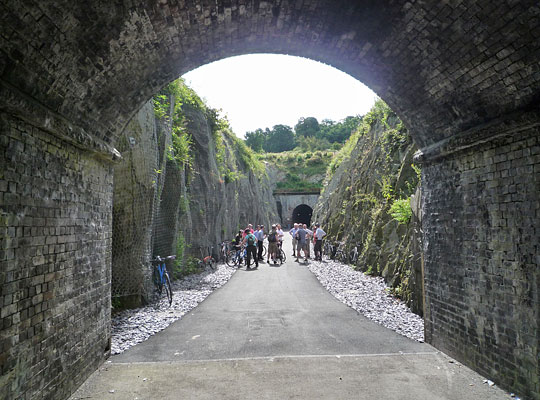













On 26th March 1876, a group of dignitaries met to consider the desirability of promoting a railway connecting Bangor and Bethesda, with a view to securing a slice of the local slate action. Plans for the 4¼-mile single-track branch were authorised in 1880, climbing over 300 feet from its junction with the North Wales main line.
Eight contractors tendered to construct the route for the London & North Western Railway, with Messrs Thomas Nelson & Co of Carlisle being appointed at a cost of around £70,000. Arthur Wood was their representative on site, whilst Mr W Adams served as resident engineer for the L&NWR. The first sod was cut close to the junction on 1st July 1881 and the line was inspected by Colonel Rich for the Board of Trade on 28th June 1884, opening to passenger traffic three days later. Goods trains first used it late in the summer of 1885.
The Bethesda branch featured two viaducts and a 297-yard tunnel, just to the east of Tregarth where one of two intermediate stations was sited.
In September 1881, navvies at Tregarth witnessed experiments with Noble’s Blasting Gelatine, under the watchful eyes of Messrs Findley and Hughes, sub-contractors on the line. The explosive was placed into 12 boreholes prepared for the occasion, the disruptive force being described as “really enormous”.
The use of dynamite in the tunnel came with considerable danger. In the early hours of 2nd March 1883, 25-year-old Isaac Jones, an unmarried man from Cardiganshire, was testing a piece of dynamite in a pan when a spark from a nearby fire fell into the pan, resulting in the charge being ignited. In the subsequent explosion, Jones had both legs blown off below the knee and sustained severe injuries to his upper body. Although medical assistance was immediately summoned, he died in great agony three hours later.
On the morning of 12th March 1885, five navvies were consumed by a fall of rock and brickwork following a period of heavy rain. Despite rib injuries, 35-year-old Roland Evans was able to walk back to his lodgings; however he succumbed to an internal haemorrhage at lunchtime. John Jones suffered serious injuries to his leg and back, whilst the other men were cut and bruised.
Heading east from Tregarth Station, the line passed through a short tunnel of 27 yards (sometimes known as Tregarth No.1) before entering a vertically-sided rock cutting which curves to the south on a radius of about 14 chains. Embedded at the end of it is the impressive portal to the main tunnel, featuring a single ring of oversized voussoirs.
The curve extends a short distance into the tunnel, through a section which is lined entirely in engineering brick; thereafter the sidewalls – which are close to vertical – are built from rubble masonry and include refuges, alternating from one side to the other. A drain is buried at the toe on the Down side whilst signalling pulleys are attached to wooden plates on the Up side. Tablets are also provided at intervals of one chain.
Another brick-lined section is encountered at the south end, with the last 12 feet effectively forming a skew bridge – with an associated change in profile – carrying a lane over the railway. But this lane was once the trackbed of the 1’10¾”-gauge Penrhyn Quarry Railway, also built to carry slate to a nearby port for transhipment.
The south portal is a more frugal affair, fashioned only from brick. Immediately beyond it, the line was launched over the River Ogwen on a neat but diminutive viaduct comprising a main span over the water and three small arches at both ends.
The line through the tunnel officially closed on 7th October 1963, although passenger services had ceased in 1951.
Sections of trackbed at both ends of the branch have hosted footpaths for some time, but funding was then secured from Gwynedd Council and the Railway Heritage Trust to link the two together. Contracted to build the half-mile long connection through the tunnel was civil engineering firm James Cyf from Trawsfynydd and involved the installation of drainage and lighting, stabilisation works to the northern approach cutting and laying a tarmac path.
The Ogwen Trail fully opened in May 2017.








